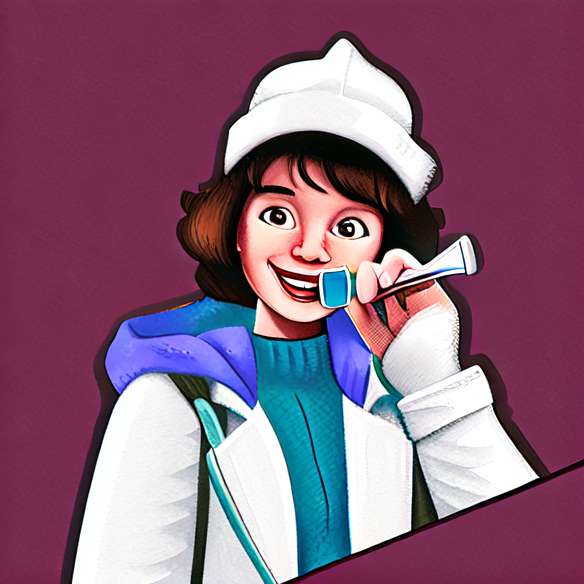All about obsessive-compulsive disorder or OCD

People suffering from OCD are in pain: they are fully aware of the shift in their attitude, but are unable to control it. In the midst of anxiety, they may have obsessions that override any other priority than relieve themselves quickly. This is how they set up rituals? the famous compulsions - to avoid intolerable situations.
There are different forms of compulsions : the unhealthy checks of gas or electricity, the excessive fears of the disease ? hypochondria, repeated mental calculations, improper cleanliness such as washing or cleaning, excessive repetition of rituals, onychophagia, or in other words biting nails, touching objects, pulling out hair or trichotillomania, scratching, compulsive buying, anorexia and bulimia, kleptomania or the irrepressible desire to steal, the sickly fear of driving.
The origin of OCD is not known to researchers. We would talk about genetic factors but they are not very convincing. The dysfunction of some neuromediators could be involved. It appears that 50% of people with OCD are reached before the age of 18, especially during adolescence, and 60 to 70% before the age of 30.
Existing treatments may be medicated (antidepressants and anxiolytics to reduce anxiety, so obsessions and compulsions). Cognitive therapy allows the patient to confront his anxieties and obsessions and to try to drop his rituals. Group therapies allow people to come out of their shame and isolation.
Our advice
If the subject is aware of his actions, he feels guilt and shame and derives no pleasure from his OCD. It is essential to provide assistance to people who are victims of these disorders.
There are different forms of compulsions : the unhealthy checks of gas or electricity, the excessive fears of the disease ? hypochondria, repeated mental calculations, improper cleanliness such as washing or cleaning, excessive repetition of rituals, onychophagia, or in other words biting nails, touching objects, pulling out hair or trichotillomania, scratching, compulsive buying, anorexia and bulimia, kleptomania or the irrepressible desire to steal, the sickly fear of driving.
The origin of OCD is not known to researchers. We would talk about genetic factors but they are not very convincing. The dysfunction of some neuromediators could be involved. It appears that 50% of people with OCD are reached before the age of 18, especially during adolescence, and 60 to 70% before the age of 30.
Existing treatments may be medicated (antidepressants and anxiolytics to reduce anxiety, so obsessions and compulsions). Cognitive therapy allows the patient to confront his anxieties and obsessions and to try to drop his rituals. Group therapies allow people to come out of their shame and isolation.
Our advice
If the subject is aware of his actions, he feels guilt and shame and derives no pleasure from his OCD. It is essential to provide assistance to people who are victims of these disorders.








